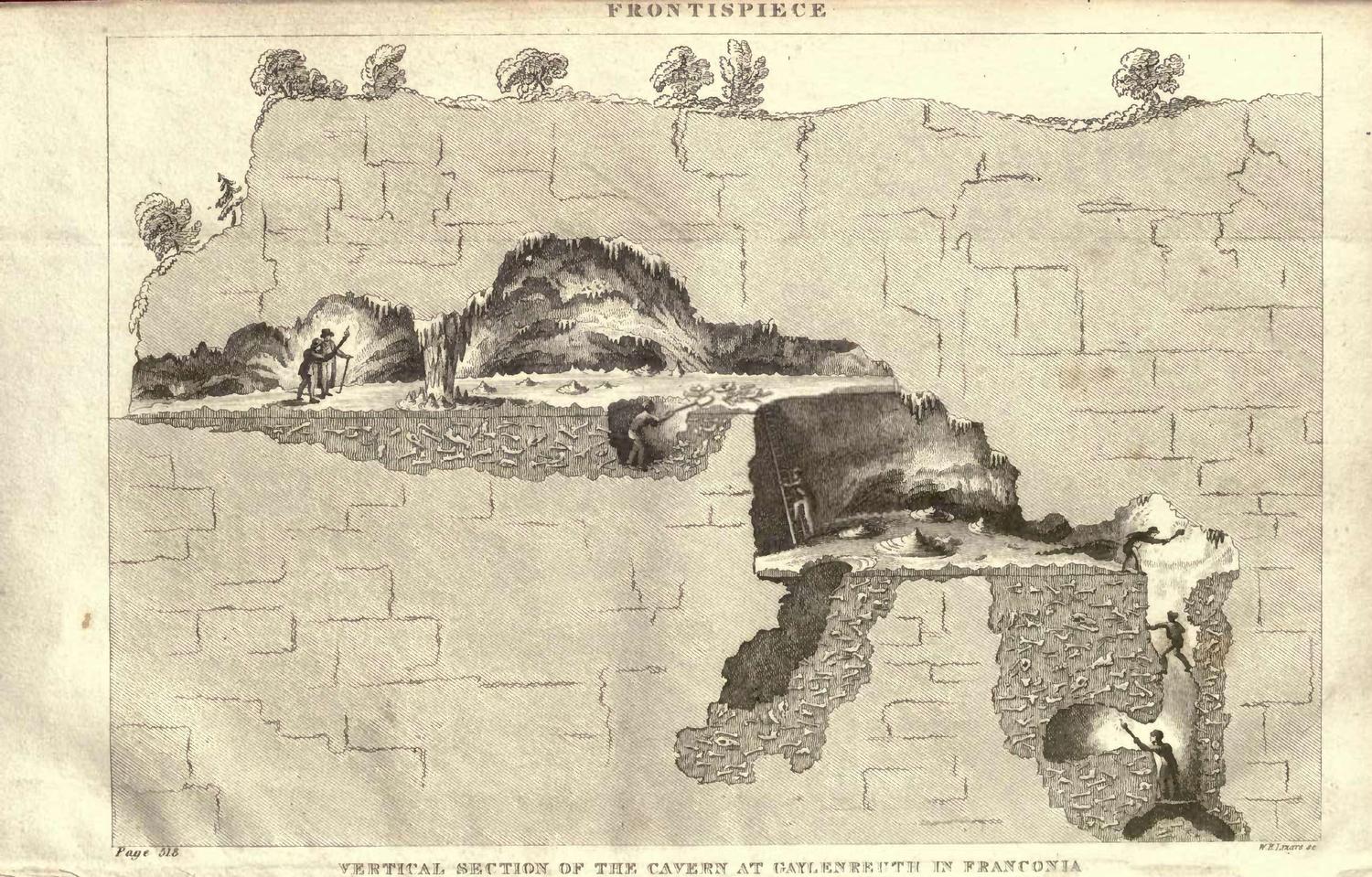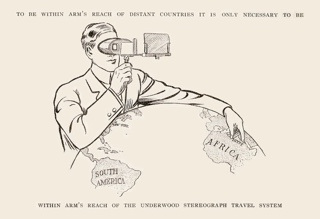PAST TALKS 2022
Monday, 21 March 2022
10 AM EST, 3 PM CET
Excavating Frontispieces:
BENGISU DEREBAŞI & SEZIN SARICA
METU, Middle East Technical University
Respondent:
Yara Saqfalhait
Columbia GSAPP
![]()
Georges Cuvier, Theory of Earth (Edinburgh: W. Blackwood, 1827)
10 AM EST, 3 PM CET
Excavating Frontispieces:
Fossils, Ruins, Elements
BENGISU DEREBAŞI & SEZIN SARICA
METU, Middle East Technical University
Respondent:
Yara Saqfalhait
Columbia GSAPP

Georges Cuvier, Theory of Earth (Edinburgh: W. Blackwood, 1827)
“...As an antiquary of a new order, I was obliged at once to learn the art of restoring these monuments of past revolutions to their original forms, and to discover their nature and relations; I had to collect and bring together in their original order, the fragments of which they consisted…” (Cuvier, 1827)
As a significant advancement of the early nineteenth century, geology and biology consolidated the archaeological research, which highlighted the studies on fragments as ruins and fossils. Georges Cuvier’s introduction in his book on geology “Theory of Earth”, reveals a conceptual resemblance to architectural antiquity. The frontispiece presents a thick earth formation with fragments as fossils that are to be “reconstructed”. The conception of fragment in Cuvier’s geological section in relation to architectural ruins of antiquity reveals an existing interaction between architecture and geology.
In the presentation, the frontispiece in Cuvier’s book will be considered as a retro- pretext to look back at the architectural definitions of “fragments” in earlier centuries. Within this framework, the presentation will focus on two frontispieces from Claude Perrault’s and Sebastiano Serlio’s seminal architecture books. The magical formation act with flying elements in the former, and a ruin-state depicting as-found fragments in the latter, will be re-interpreted through fossils to be “reconstructed” in the frontispiece of Cuvier’s book.
Our presentation aims to provide an interpretative re-reading through these three seemingly unrelated images. Understanding frontispieces as visual abstracts of books, two frontispieces will be presented as the architectural counterparts of Cuvier’s geological fossils: diagnostic architectural ruins and prognostic deconstructed elements.
As a significant advancement of the early nineteenth century, geology and biology consolidated the archaeological research, which highlighted the studies on fragments as ruins and fossils. Georges Cuvier’s introduction in his book on geology “Theory of Earth”, reveals a conceptual resemblance to architectural antiquity. The frontispiece presents a thick earth formation with fragments as fossils that are to be “reconstructed”. The conception of fragment in Cuvier’s geological section in relation to architectural ruins of antiquity reveals an existing interaction between architecture and geology.
In the presentation, the frontispiece in Cuvier’s book will be considered as a retro- pretext to look back at the architectural definitions of “fragments” in earlier centuries. Within this framework, the presentation will focus on two frontispieces from Claude Perrault’s and Sebastiano Serlio’s seminal architecture books. The magical formation act with flying elements in the former, and a ruin-state depicting as-found fragments in the latter, will be re-interpreted through fossils to be “reconstructed” in the frontispiece of Cuvier’s book.
Our presentation aims to provide an interpretative re-reading through these three seemingly unrelated images. Understanding frontispieces as visual abstracts of books, two frontispieces will be presented as the architectural counterparts of Cuvier’s geological fossils: diagnostic architectural ruins and prognostic deconstructed elements.
***
BRITTANY N. ELLIS
Aga Khan Program in Islamic Architecture
History, Theory, and Criticism of Art and Architecture
MIT, Massachusetts Institute of Technology
Respondent:
Iason Stathatos
Princeton SoA
![]()
Envisioning Egypt: Stereography and Archaeology in Early 20th Century America
BRITTANY N. ELLIS
Aga Khan Program in Islamic Architecture
History, Theory, and Criticism of Art and Architecture
MIT, Massachusetts Institute of Technology
Respondent:
Iason Stathatos
Princeton SoA

Advertisement for the ‘Underwood Travel System’ from an Underwood & Underwood catalogue, c. 1907. Underwood & Underwood Glass Stereograph Collection, Archives Center, National Museum of American History, Smithsonian Institution
In 1905, American stereograph publisher Underwood & Underwood produced Egypt Through the Stereoscope, the latest edition of its stereograph “tours” which promised consumers the experience of travel without leaving home. An assemblage of 100 stereographs, 18 maps and plans, and a textual “guidebook,” Egypt Through the Stereoscope is distinct from earlier tours in its explicit focus on the ancient past and archaeology. Through the technology of the stereoscope, the set promises viewers not just images of ancient Egypt’s artworks and monuments but a fully immersive and “authentic” journey to the land and time of the pharaohs.
Examining first the guidebook, I argue its author – Egyptologist James Henry Breasted –marshals geography, archaeology, and stereography to position reader-viewers in a particular temporal and spatial relationship to the objects and places of ancient Egypt. The goal of such positioning is the framing of ancient Egyptian civilization as the originator of Western art and industry and of contemporary American viewers, specifically Christians, as the inheritors of this legacy. Turning to the stereographs, I argue the legitimacy and power of this vision relies on the assumed objectivity of the images (and archaeology) and their invocation of both Orientalist empiricism and the genre of the picturesque. The result is a vision of Egypt as timeless, knowable, and collectible. In a moment when new technologies promise increasingly immersive encounters with artworks and with the past, the case of the stereographs asks us to question what desires they respond to and what visions they create.